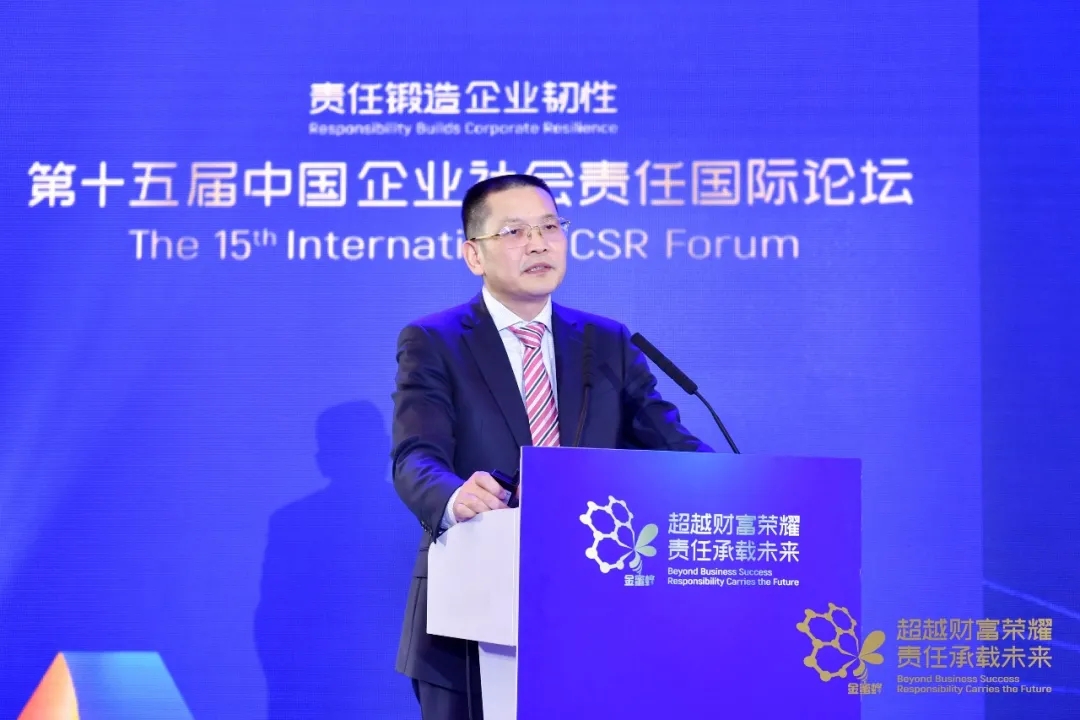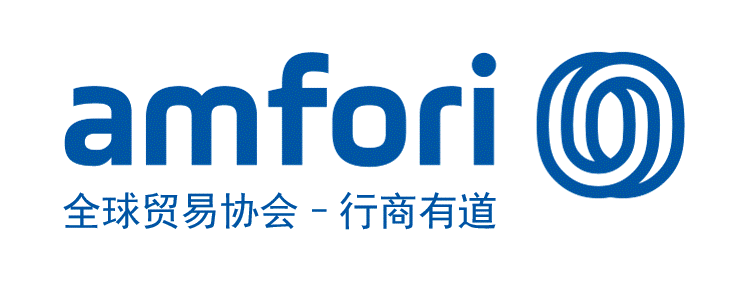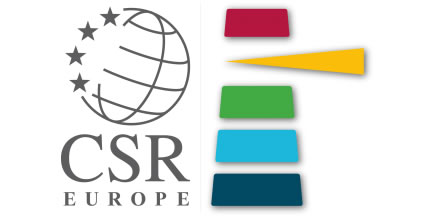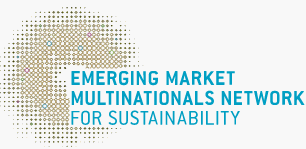Home > Knowledge > CSR Research >
Latest trends of CSR development in China
2020-08-18GoldenBeeGoldenBee0

Yin Gefei, Founder and Chief Expert of GoldenBee,
Secretary of ISO 26000 Stakeholder Global Network (ISO 26000 SGN)
Secretary of ISO 26000 Stakeholder Global Network (ISO 26000 SGN)
On August 6, 2020, Yin Gefei, Founder and Chief Expert of GoldenBee, Secretary of ISO 26000 SGN, shared the key findings in GoldenBee CSR Research Report and the latest CSR development of Chinese enterprises at the 15th International CSR Forum.
The annual GoldenBee CSR Research Report is based on questionnaire survey on enterprises. They voluntarily filled in questionnaires and also provided their social responsibility practices.
A total of 343 valid questionnaires and 107 typical cases of responsible competitiveness were received in 2019. Among them, state-owned and state-controlled enterprises account for 40%, private enterprises 40%, foreign investment and Hong Kong, Macao and Taiwan enterprises 20%. Enterprises from Eastern China account for more than 60% in total. The proportion of manufacturing enterprises is the highest of all.
The Evaluation System of GoldenBee CSR Research Report could be concluded as WECA: willingness, engagement, communication, action.
The annual GoldenBee CSR Research Report is based on questionnaire survey on enterprises. They voluntarily filled in questionnaires and also provided their social responsibility practices.
A total of 343 valid questionnaires and 107 typical cases of responsible competitiveness were received in 2019. Among them, state-owned and state-controlled enterprises account for 40%, private enterprises 40%, foreign investment and Hong Kong, Macao and Taiwan enterprises 20%. Enterprises from Eastern China account for more than 60% in total. The proportion of manufacturing enterprises is the highest of all.
The Evaluation System of GoldenBee CSR Research Report could be concluded as WECA: willingness, engagement, communication, action.
Five trends
The five major trends of CSR practices in China are derived from the analysis of the GoldenBee WECA System: the CSR composite index shows an upward trend in general, with different development characteristics during the three five-year planning periods. Enterprises maintain stable in social responsibility strategy and governance as well as responsible competitiveness practices. There has been a decrease of CSR fulfillment to stakeholders, and a significant increase in information disclosure.
The five major trends of CSR practices in China are derived from the analysis of the GoldenBee WECA System: the CSR composite index shows an upward trend in general, with different development characteristics during the three five-year planning periods. Enterprises maintain stable in social responsibility strategy and governance as well as responsible competitiveness practices. There has been a decrease of CSR fulfillment to stakeholders, and a significant increase in information disclosure.
Willingness: Corporate strategy and governance
The social responsibility goals and the indicators included into performance evaluation by enterprises have been increased, but the leadership of senior management in social responsibility work is insufficient.
The social responsibility goals and the indicators included into performance evaluation by enterprises have been increased, but the leadership of senior management in social responsibility work is insufficient.
Engagement: The relationship between enterprises and stakeholders
First, the CSR fulfillment to the community, peers, the government, and employees has slightly improved, but the CSR fulfillment to suppliers has decreased significantly.
First, the CSR fulfillment to the community, peers, the government, and employees has slightly improved, but the CSR fulfillment to suppliers has decreased significantly.
Second, the score rate of "encouraging suppliers actively fulfilling social responsibility by maintaining or increasing orders" and "establishing a social responsibility management system for suppliers" decreases significantly, and the score rate of the new indicator "disclosing social responsibility management information of suppliers" is rather low.
Third, the environmental index remains stable, with foreign-invested enterprises and Hong Kong, Macao and Taiwan enterprises performing outstandingly in fulfilling environmental responsibilities and responding to climate change.
Communication: CSR information disclosure
Enterprises pay more attention to daily CSR communication. The information disclosure of social, economic and environmental performance needs to be improved.
Enterprises pay more attention to daily CSR communication. The information disclosure of social, economic and environmental performance needs to be improved.
Action: Corporate responsible competitiveness practices
The level of corporate responsible competitiveness practice has been rising steadily, with themes focusing on the community, environment, and sustainable products/services.
The level of corporate responsible competitiveness practice has been rising steadily, with themes focusing on the community, environment, and sustainable products/services.
Trends of industrial social responsibility
Social responsibility fulfillment of public utilities such as power, lists on the top. The social responsibility fulfillment in financial industry, extractive industry, power and other public utilities has also been increased.
Social responsibility fulfillment of public utilities such as power, lists on the top. The social responsibility fulfillment in financial industry, extractive industry, power and other public utilities has also been increased.
Five suggestions
First, while attaching importance to setting CSR goals and performance evaluation, enterprises should further strengthen the leadership of senior management in social responsibility.
Second, enterprises should strengthen greenhouse gas management and information disclosure to enhance climate resilience, on the basis of paying attention to environmental responsibility.
Third, Chinese enterprises should learn the excellent practice of social responsibility management in supply chain from foreign-invested enterprises, in order to improve their own level and transparency of social responsibility management in supply chains.
Fourth, while maintaining the daily CSR communication, enterprises should pay more attention to stakeholder communication about the social responsibility plans and goals, so as to enhance stakeholders’ recognition and engagement.
Fifth, while maintaining and strengthening the CSR fulfillment to the community, the environment and products, enterprises should also consider and balance the responsibilities of more stakeholders, and strengthen the practice innovation of responsible competitiveness in the areas of employees, supply chains, etc.
First, while attaching importance to setting CSR goals and performance evaluation, enterprises should further strengthen the leadership of senior management in social responsibility.
Second, enterprises should strengthen greenhouse gas management and information disclosure to enhance climate resilience, on the basis of paying attention to environmental responsibility.
Third, Chinese enterprises should learn the excellent practice of social responsibility management in supply chain from foreign-invested enterprises, in order to improve their own level and transparency of social responsibility management in supply chains.
Fourth, while maintaining the daily CSR communication, enterprises should pay more attention to stakeholder communication about the social responsibility plans and goals, so as to enhance stakeholders’ recognition and engagement.
Fifth, while maintaining and strengthening the CSR fulfillment to the community, the environment and products, enterprises should also consider and balance the responsibilities of more stakeholders, and strengthen the practice innovation of responsible competitiveness in the areas of employees, supply chains, etc.
Best Practices
- The 100-year brand — Air Liquide also has a sense of juvenile
- Beijing Public Transportation Corporation: Developing green transportation to build a harmonious and livable capital
- CGN: Building a modern factory in barren deserts and developing a new win-win cooperation model along “Belt and Road”
Upcoming Event

All the materials on the site “Source: XXX (not from this site)” have been reprinted from other media. They do not imply the agreement by the site.
All the materials with “Source: CSR-China Website” are the copyright of CSR-China Website. None of them may be used in any form or by any means without permission from CSR-China Website.
GoldenBee Official WeChat
Copyright © Csr-china.net All Right Reserved.
京ICP备19010813号










